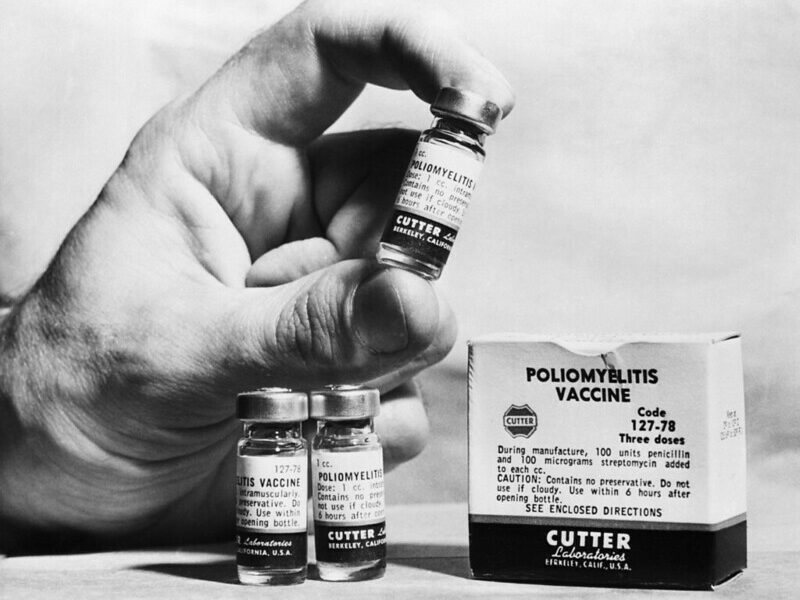In an unprecedented act, Del Monte Fresh Produce N.A., Inc. filed a lawsuit against the Food and Drug Administration on August 22. The food production company next filed a suit against both the Oregon Health Authority’s Public Health Division and one of its officials, Dr. William Keene, a senior epidemiologist. Until now, the OHA has never been involved in litigation due to food investigation.
Del Monte is filing a tort claim for financial losses and an ethics complaint against Dr. Keene in connection to a recent recall of cantaloupe, imported from Guatemala, that was supposedly the source of a salmonella outbreak affecting people in ten different states. While the FDA and CDC investigation points to melons from Guatemala as the source, Del Monte states that there is insufficient evidence linking their cantaloupes to the salmonella outbreak.
The CDC confirmed 20 cases of salmonella. Reportedly, 12 of the cases ate cantaloupe in the week before their illness and all but one of the 12 had purchased the cantaloupe at a national warehouse store supplied by Del Monte. On March 22, 2011, Del Monte recalled approximately 60,000 cantaloupes based on epidemiological findings linking the company’s melons to the outbreak.
On July 15, the FDA issued an import alert, banning the import of melons from Asuncion Mita, Guatemala. The alert was a “detention without physical examination” alert, meaning that the cantaloupes themselves were not examined for the salmonella bacteria. Instead, the FDA, CDC and other state investigators traced the outbreak by taking food consumption and purchase histories.
Asuncion Mita supplies approximately 27 percent of the cantaloupe that Del Monte imports into the United States. So the FDA’s ban affects a significant amount Del Monte’s cantaloupe imports.
Why is this significant?
Many public health officials worry this case will inhibit future investigators from recommending recalls, thus jeopardizing public safety. Other public health officials reiterate that since their responsibility is to protect the health of the public they will not be deterred by the threat of legal action
This particular case is unprecedented; manufacturers have not taken cases with the FDA this far. It should also be noted that Del Monte issued a voluntary recall, so they are in part responsible for the financial damage.
During this summer's E. coli outbreak in Europe, Spanish farmers suffered greatly when Spanish cucumbers were wrongfully named as the outbreak source by German health officials. Spain dumped much of its harvest and consequently lost approximately $300 million. Adding insult to injury, Russia put an embargo on fruits and vegetables from the entire European Union. Public health officials say that determining the source of an outbreak can be very challenging, particularly in fruits or vegetables because packages often combine produce grown in different locations.
How does a recall work?
A recall is a voluntary action taken by a manufacturing company due to contamination or misbranding of a product. The recall is done to protect consumers from negative effects of the adulterated or misbranded items. Though a recall can have significant financial repercussions, it is often necessary to maintain a manufacturer’s reputation and the trust of the consumer; it could be worse if the product is left on the shelf and causes the consumer harm.
The two government agencies that deal with food safety are the Food and Drug Administration (FDA), which is concerned with domestic and imported foods, and the US Department of Agriculture Food Safety and Inspection Service (USDA FSIS), which regulates meat and poultry. Government agencies cannot mandate recalls, but they can, after their inspection, request a recall. If the manufacturer does not respond to inspection results or the request for recall, government agencies can seize the product in a manufacturer’s possession and halt operations if they are putting the public’s health at risk.
What is Salmonellosis (salmonella)?
Salmonellosis is the infection caused by the salmonella bacteria. Symptoms of salmonellosis infection include diarrhea, fever and abdominal cramps usually surfacing 12 to 72 hours after infection. The illness itself lasts between 4 and 7 days, unless it is a particularly severe case. Severe cases occur when the salmonella bacteria spreads from the intestine to the bloodstream. Children under 5, the eldery, and the immuno-compromised are the most at risk for severe infection.
The CDC reports that the US has approximately 40,000 cases of salmonella poisoning a year, but suggests that the real number of cases is much higher as many cases are mild and do not require treatment or medical attention, meaning they do not get reported.
